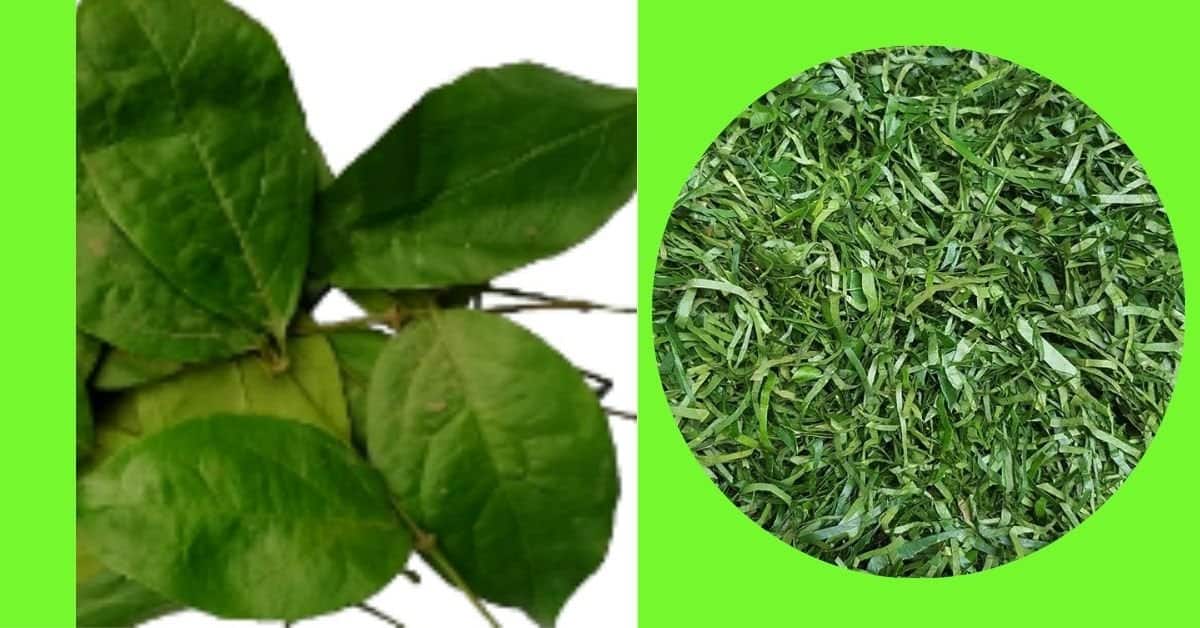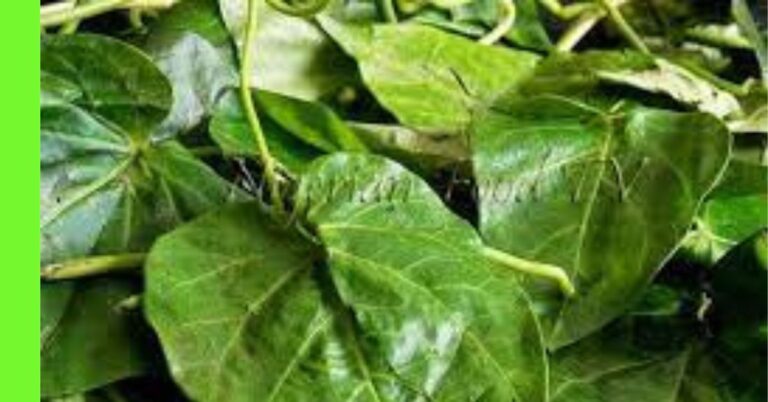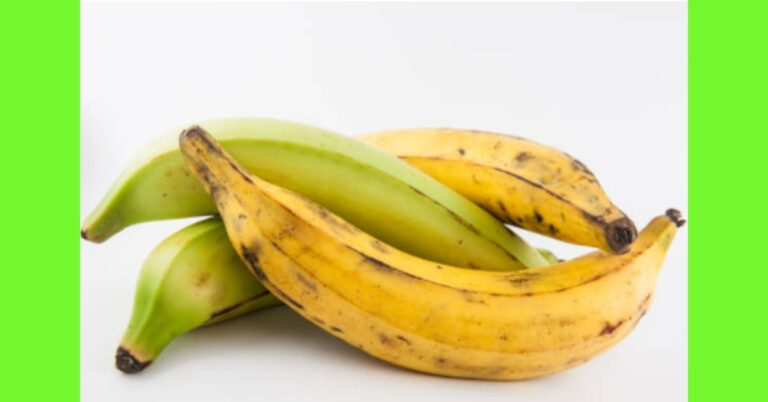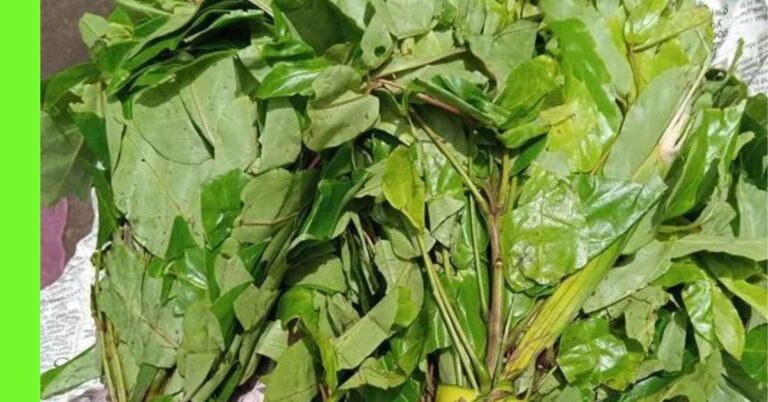Okazi: Simple Facts And Uses You Want To Know

Okazi leaf is an edible leaf which is very nutrient-dense.
It’s one of the vegetables used for soup in Nigeria.
The leaf is sometimes confused with Uziza, Utazi and Oha, but all of these are very different vegetables and have their distinctive taste and uses.
Its also not as common as the Ugu (fluted pumpkin) and Waterleaf vegetable
But is always found in large markets
This vegetable is used mostly by people from south-south and south eastern Nigeria.
And gradually gaining popularity by other tribes in Nigeria.
Aside from Nigeria the leaf is used in other African countries and some parts of Asia and South America.
African countries like the Democratic Republic of the Congo, Cameroon, Gabon, Angola make use of okazi leaf.
The leaf is known by different names depending on the tribe and country
It is called “Afang” among the Efik tribe, “Okazi”or “Ukazi” in the Igbo tribe, “Eru” in Cameroon and “Fumbua, KoKo” in Congo.
The English name for this leaf is “wild spinach”
The botanical name is Gnetum Africanum.
It belongs to the Gnetaceae family.
There are two main species found in Africa; they are Gnetum Africanum and Gnetum buchholzianum.
Description
The leaves of this vegetable are dark green in colour and have a faintly bitter flavour.
The okazi plant is a climbing or vine plant and can grow about 10 m (32 ft) long.
The leaves, unlike other vegetables, are quite dry and require effort to shred.
As a result of the low moisture content it has a longer shelf life compared to other vegetables like ugu (fluted pumpkin) and waterleaf.
When cutting a large quantity of the leaf your knife needs to be sharpened severally as it gets the knife blunt.
Because of the toughness of the leaves it is blended in some afang soup recipes.
It can be eaten raw and cooked.
Brief History
Africans have been using okazi leaf for food and healing for millennia.
It’s said to have started in the Congo basin and traveled throughout the continent as a result of migration and trade.
Due to the introduction of it by Africans and traders, it is also present in several regions of Asia and South America.
Nutritional Information
Proximate Composition of Okazi Leaf (Gnetum africanum).
| Carbohydrate | 52.39% |
| Crude protein | 20.12% |
| Crude fiber | 7.1% |
| Lipids | 2.79% |
| Ash content | 6.7% |
| Moisture content | 10.9% |
| Vitamin A | 0.129mg/g |
| Vitamin C | 0.360mg/l |
Source: Research Gate
The Okazi leaf has a rich nutritional profile.
The leaves are a great compliment to a balanced diet because they are high in protein and packed with vitamins and minerals.
Uses of Okazi Leaf
There are various uses of Okazi leaf, but in this article, we would group them into two, which are;
- Culinary Uses
- Health Uses
Culinary Uses
Okazi leaves are a distinctive addition to any recipe, whether they are eaten raw, chopped fine, or used in soups and stews.
Many traditional African cuisines, particularly those from Nigeria, Cameroon, Gabon, and the Democratic Republic of the Congo, require okazi leaf.
It’s used to prepare soups that go well with rice, pounded yam, garri, fufu among other common foods.
The following are a few well-known recipes that include okazi leaf:
- Afang soup: a soup made with okazi leaf, waterleaf (Talinum triangulare), palm oil, meat or fish, crayfish, periwinkle, and seasoning. This is a delicacy in south-south and southeastern Nigeria and some parts of Cameroon.
- M’fumbua: Okazi leaf (referred to as fumbua or m’fumbua in Lingala), tomato, onion, garlic, meat, fish, and seasoning are mixed together to make this soup recipe. In the Democratic Republic of the Congo, it is a staple diet.
- Okasi soup: a soup made with this leaf, thickener such as ( ofor, achi etc.), palm oil, meat or fish, crayfish and seasoning. This is common in some states in southeastern Nigeria.
Health Uses
It is used in traditional medicine to treat and prevent several ailments such as:
dilated spleens, sore throats, nausea, diabetes, hypertension, cancer, renal disease, liver disease, malaria, typhoid, piles, the flu and even as an antidote against certain poisons.
Although there is no sufficient research to back this up.
Hope this article was helpful?









